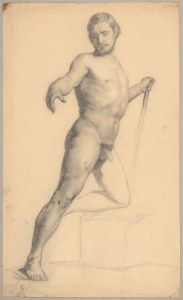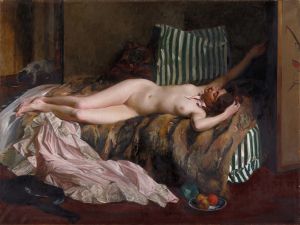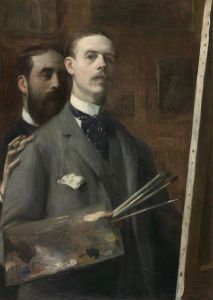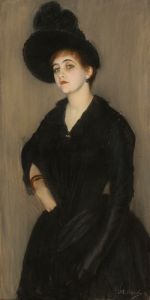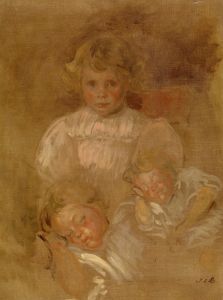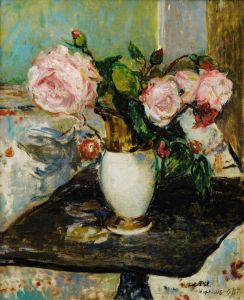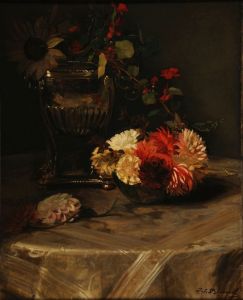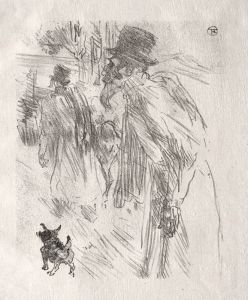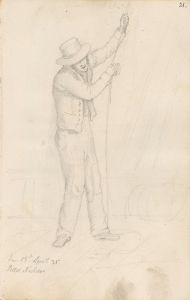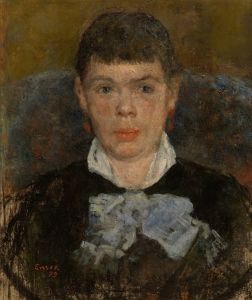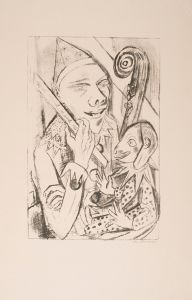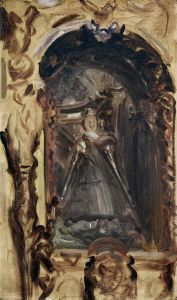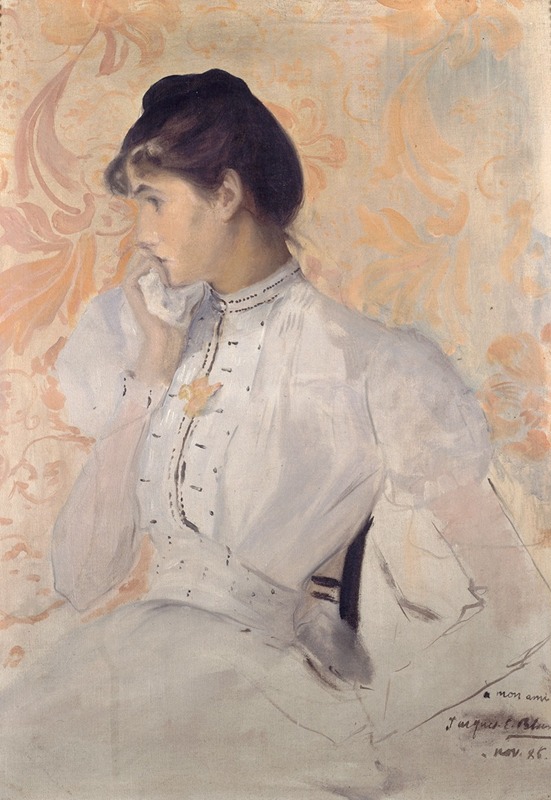
Portrait présumé d’Henriette Chabot
A hand-painted replica of Jacques-Émile Blanche’s masterpiece Portrait présumé d’Henriette Chabot, meticulously crafted by professional artists to capture the true essence of the original. Each piece is created with museum-quality canvas and rare mineral pigments, carefully painted by experienced artists with delicate brushstrokes and rich, layered colors to perfectly recreate the texture of the original artwork. Unlike machine-printed reproductions, this hand-painted version brings the painting to life, infused with the artist’s emotions and skill in every stroke. Whether for personal collection or home decoration, it instantly elevates the artistic atmosphere of any space.
Jacques-Émile Blanche was a prominent French artist known for his portraiture, capturing the essence of the Belle Époque era through his works. One of his notable paintings is "Portrait présumé d’Henriette Chabot." This painting exemplifies Blanche's skill in portraying the character and elegance of his subjects, a hallmark of his artistic style.
Jacques-Émile Blanche was born on January 1, 1861, in Paris, into a family with artistic and intellectual connections. His father, a psychiatrist, ran a clinic in Passy, which was frequented by many artists and writers of the time. This environment provided Blanche with early exposure to the arts and culture, influencing his future career as a painter. He studied under the tutelage of Henri Gervex and Ferdinand Humbert, which helped him develop his distinctive style characterized by a keen observation of his subjects and a refined, often impressionistic, use of color.
Blanche's work is often associated with the portrait genre, and he became one of the most sought-after portraitists of his time. His clientele included many notable figures from the arts and society, such as Marcel Proust, James Joyce, and André Gide. Blanche's portraits are celebrated for their psychological depth and the way they capture the personality and status of the sitters.
"Portrait présumé d’Henriette Chabot" is an example of Blanche's ability to convey the subtleties of his subject's character. While specific details about Henriette Chabot and her relationship with Blanche are not extensively documented, the painting itself speaks volumes about the artist's approach to portraiture. Blanche often focused on the elegance and poise of his subjects, using a soft palette and fluid brushstrokes to create a sense of intimacy and immediacy.
The painting likely reflects the fashion and aesthetic sensibilities of the time, as Blanche was known for his attention to detail in depicting clothing and accessories. This attention to detail not only adds to the visual appeal of his works but also provides insight into the cultural and social context of the period.
Blanche's portraits are also noted for their composition and use of light, which contribute to the overall mood and atmosphere of the painting. In "Portrait présumé d’Henriette Chabot," these elements would have been carefully considered to enhance the portrayal of the subject, highlighting her features and expression in a way that draws the viewer into the scene.
Throughout his career, Jacques-Émile Blanche exhibited his works in various salons and galleries, gaining recognition and acclaim for his contributions to the art world. His portraits remain significant for their artistic merit and as historical documents that offer a glimpse into the lives and personalities of the individuals he painted.
In summary, "Portrait présumé d’Henriette Chabot" by Jacques-Émile Blanche is a testament to the artist's mastery of portraiture, capturing the elegance and character of his subject with finesse. While specific details about the painting's subject may be limited, the work itself stands as a representation of Blanche's skill and the cultural milieu of the Belle Époque.





